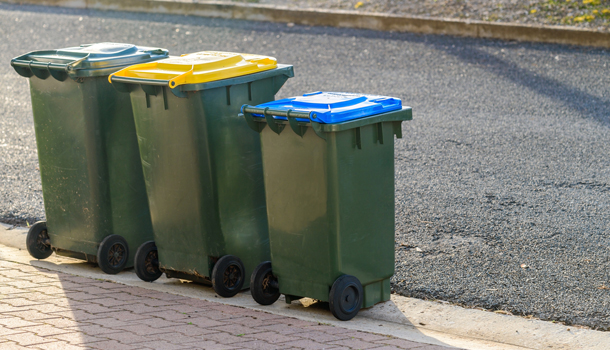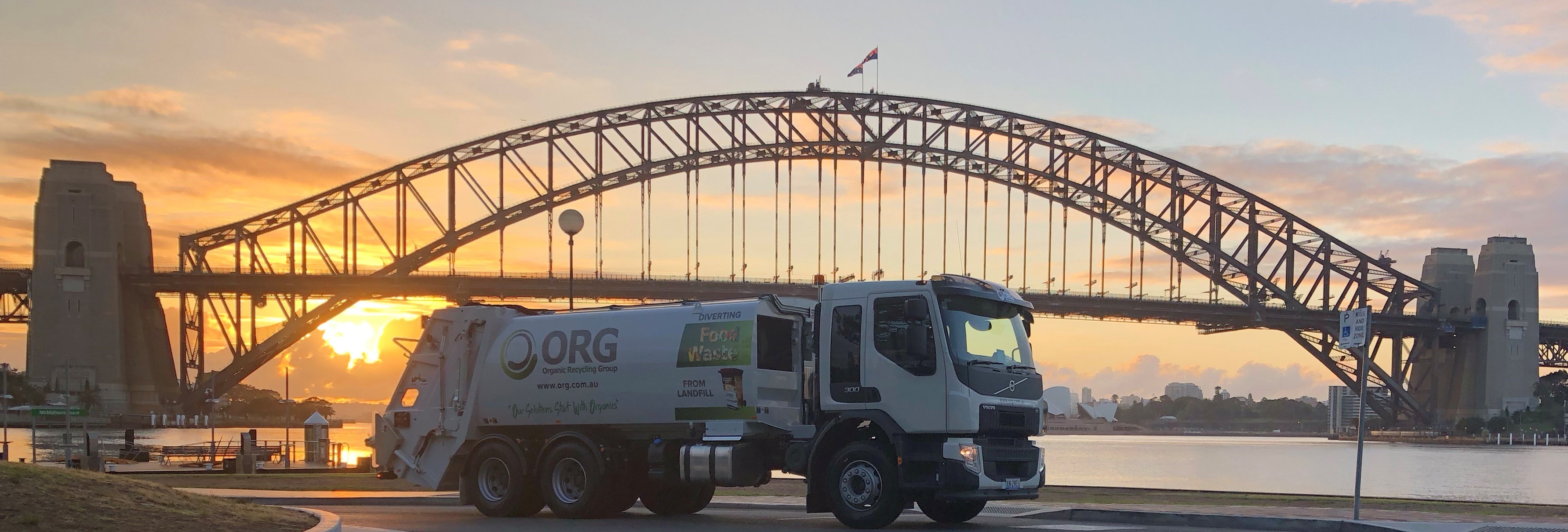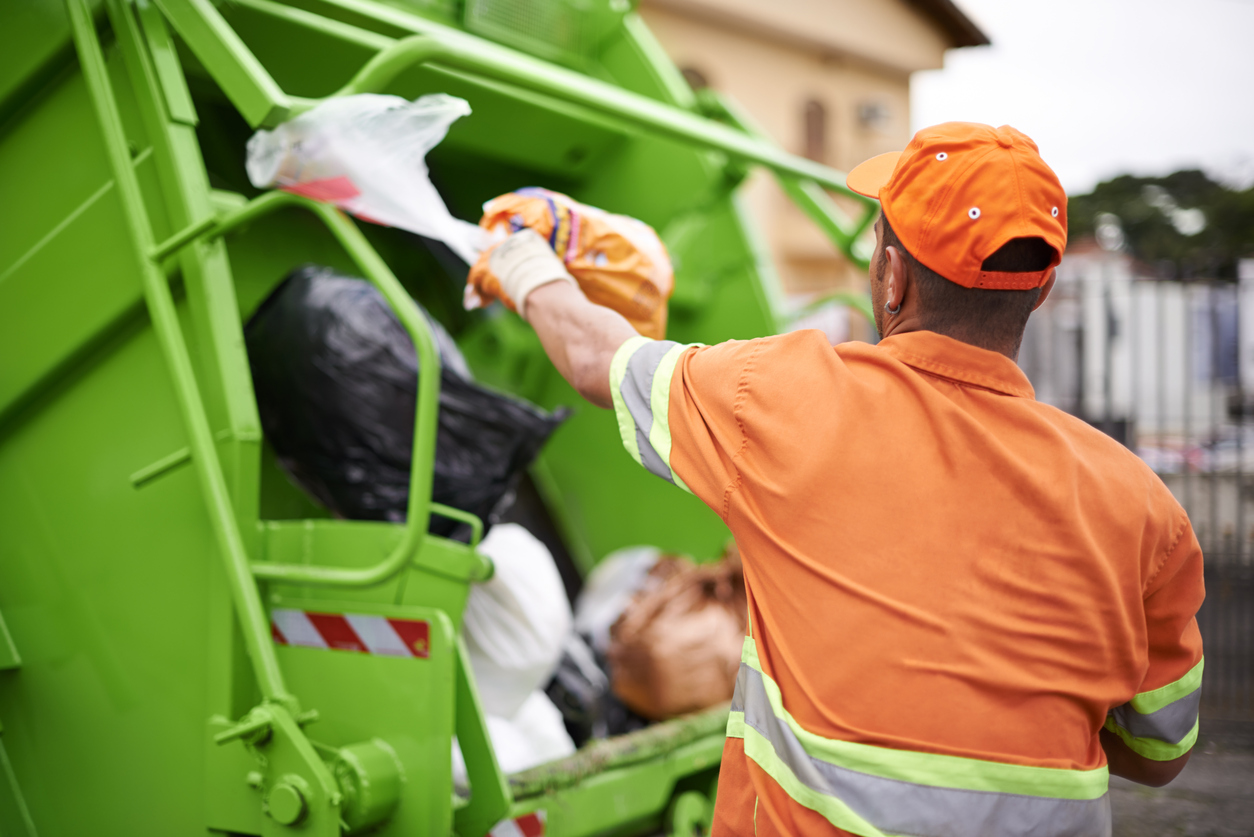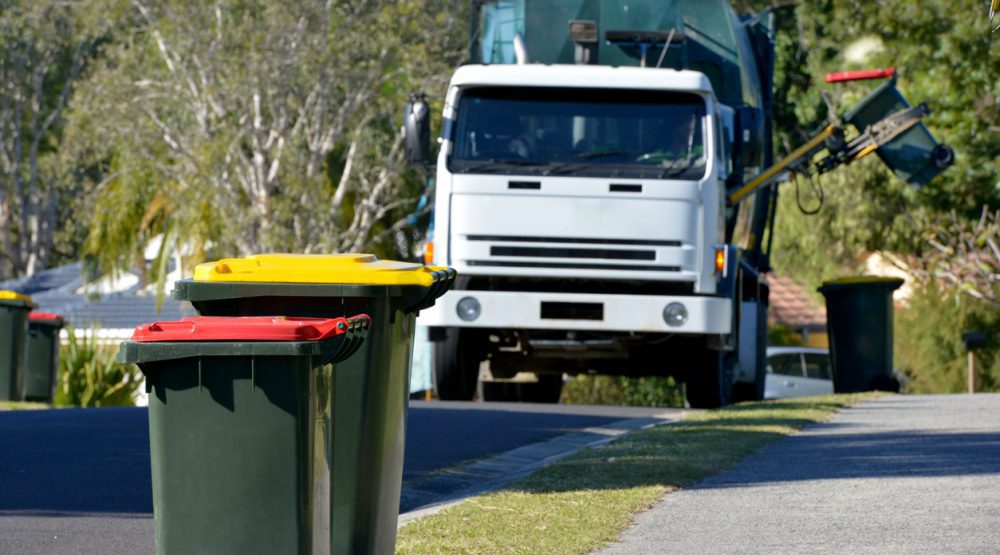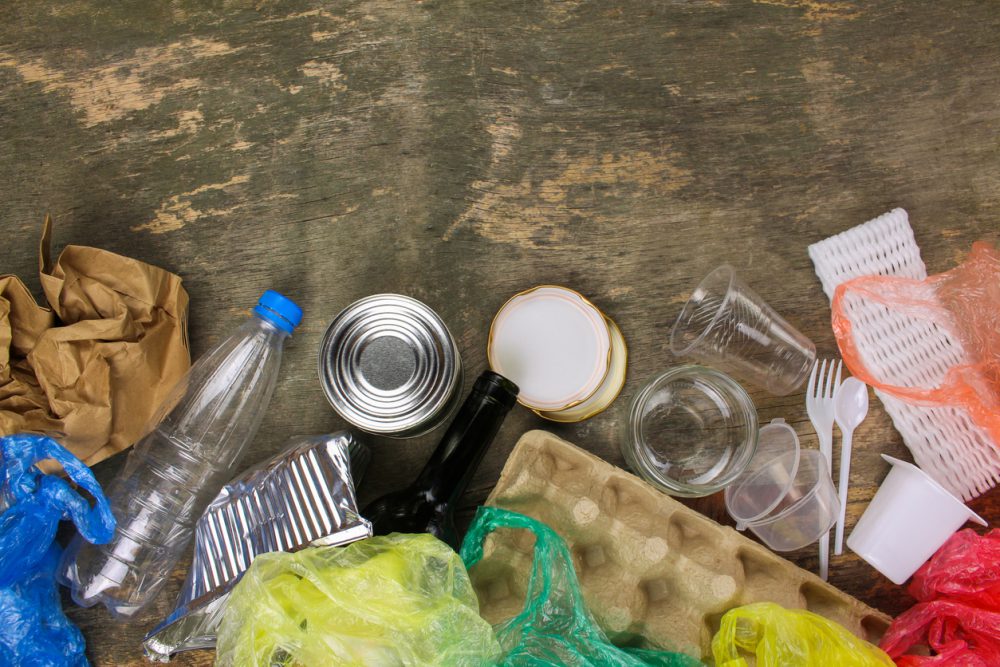
The South Australian government is declaring war on waste with the launch of a new campaign to encourage South Australians to improve their household waste management and reduce the amount sent to landfill.
The amount of household waste being produced during the COVID-19 pandemic has spiked with local councils seeing a more than 10 per cent rise in waste sent to landfill compared with this time last year – similar to amounts produced during the Christmas period.
Minister for Environment and Water, David Speirs, said the new state-wide ‘Which Bin’ campaign aims to better educate people on Which Bin is best for different items of household waste and improve recycling and reuse.
“By using our three kerbside bins more effectively local councils will save money by reducing landfill costs and for business the biggest savings are made by avoiding food waste in the first place. The cost of wasted materials, energy and labour is up to 10 times the cost of disposal.”
The state government has also released two draft waste strategies for consultation: South Australia’s Food Waste Strategy and the South Australia’s Waste Strategy for 2020-25.
“South Australia has always been a nation-leader when it comes to waste management and South Australia’s Food Waste Strategy – Valuing our Food Waste is Australia’s first comprehensive blueprint for reducing and preventing food waste being sent to landfill,” said Speirs.
The Draft South Australia’s Waste Strategy for 2020-25 supports the state’s transition to a circular economy and to make it a national centre for reuse, remanufacturing, recycling and composting.
“An ambitious target of zero avoidable waste to landfill by 2030 is set to drive change. New sector targets for 2025 are: Municipal Solid Waste – 75 per cent diversion (up from 70 per cent); Commercial and Industrial Waste – 90 per cent diversion (up from 80 per cent); Construction and Demolition Waste – 95 per cent (up from 90 per cent),” said Speirs.
“New directions are included to boost the economy and for positive environmental outcomes covering food waste, single-use plastics, regulatory reforms, education and behaviour change and market development through infrastructure investment and other measures.”
Comment below to have your say on this story.
If you have a news story or tip-off, get in touch at info@3.106.117.80.
Sign up to INCLEAN’s newsletter.
